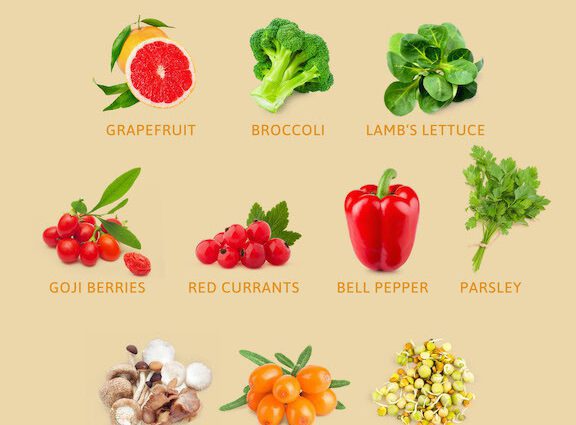Contents
A natural physiological phenomenon, cellulite affects 9 out of 10 women, whether they are thin or overweight. But what exactly is cellulite? “It is an accumulation of fat cells (adipocytes) which have the particularity of swelling up to 50 times their initial size”, presents Floriane Chevallier, dietician-nutritionist in Aix-en-Provence. This accumulation of adipocytes will prevent good circulation of fluids, especially lymph (one of the roles of which is to evacuate toxins).
How to get rid of cellulite? We rebalance our diet
During pregnancy, women tend to generate a so-called “watery” cellulite which is linked to the phenomenon of water retention. To limit weight gain and fat storage, it is advisable to reduce snacking. “Favor raw products in your diet,” advises the nutritionist. “As for vegetable oils, we use rapeseed, walnut or olive oil, instead of butter and cream. Choose whole foods rather than refined foods and consider putting bulbs on the menu, ”she adds. Garlic, onion, shallot improve venous return and give tone to blood vessels. “We think, wrongly, that it is better to avoid drinking large quantities of water to limit retention… On the contrary, hydrate yourself to drain! Be careful, this cellulite hunt should not become an obsession or take place during pregnancy. Exercising and certain creams can help you make your skin smoother after childbirth.
Anti-cellulite diet: what foods to eat against cellulite?
Proteins
Did you know ? Proteins rich in essential amino acids (with high biological value) preserve muscle mass and expel excess water. Remember to put them on the menu at least once a day: lean meats, eggs, fish, lean dairy products. You can also combine vegetable proteins with each other: rice-lentils or semolina-chickpeas.
Kiwis
Choose fruits rich in antioxidants. Strong in vitamin C, flavonoids, carotene, they protect and tone blood vessels. Among them, there are kiwis, red fruits of summer, but also citrus fruits, pineapple, to consume at the rate of one or two servings per day.
The vegetables
Choose vegetables rich in potassium. They promote good water balance in the body and limit water retention. At each meal, try to consume asparagus, fennel, leek and celery, depending on the season. Grated carrots and eggplant are also high in potassium.
Whole foods
Foods with a low glycemic index regulate blood sugar and insulin secretion. This slows down the storage of energy in the form of fat reserves. As soon as possible, therefore, prefer wholemeal bread over white bread, wholemeal or semi-wholemeal rice and pulses, which are rich in fiber. These foods help to strengthen the effect of satiety and allow
avoid snacking, conducive to fat storage.
The drinks
It is important to stay hydrated throughout the day. Drink 1,5 liters of water, or 8 to 10 glasses per day. We opt, preferably, for spring water, and naturally, we avoid sugary water and sodas. A house mix? Mix 2 nice slices of pineapple + 100 g of washed and peeled ginger root + the juice of 1/2 lemon and add 1 liter of water. Mix until a homogeneous liquid is obtained. Filter and drink this preparation throughout the day. Bonus: this drink improves blood circulation.
Herbal teas
Herbal preparations facilitate drainage. Bet on herbal teas (hot or cold) made from cherry stems, nettles, meadowsweet. But you can also prepare mixtures with disinfiltrating and detox properties. Good herbal teas: 1 tsp. of dried birch leaves / 1 tsp. coffee blackcurrant leaves / 1 tsp. meadowsweet flower to infuse 10 minutes in a cup of simmering water (not boiling), 3-4 cups per day. Or 1 tsp. of dried leaves of red vine / 1 tsp. of witch hazel leaves and 1 tsp. of organic lemon zest, to infuse in a cup of boiling water, 2 or 3 cups per day.










